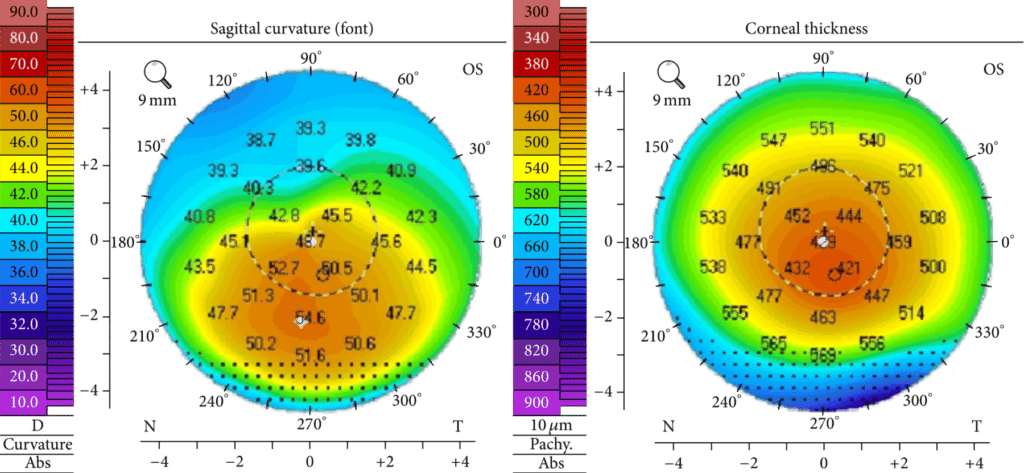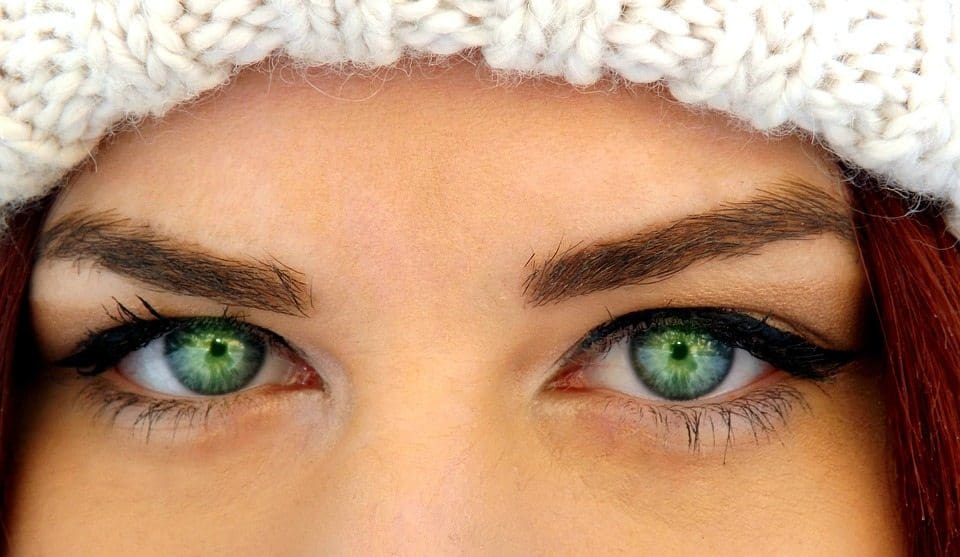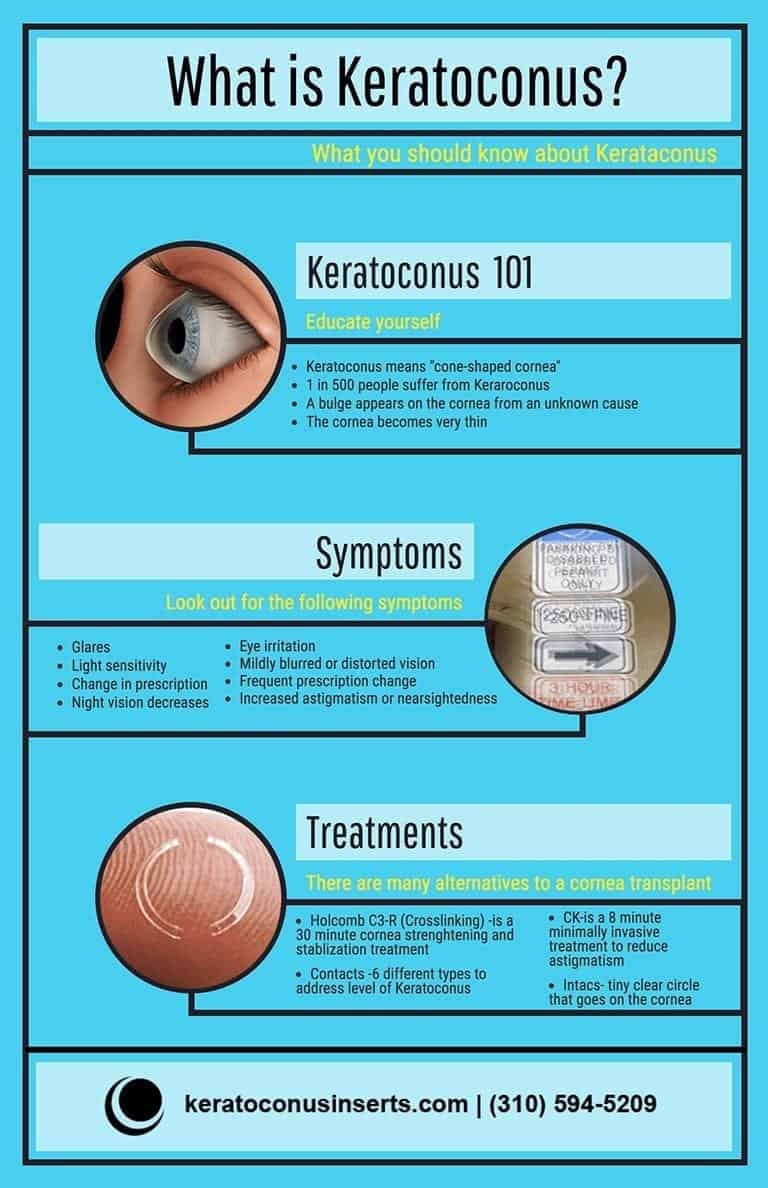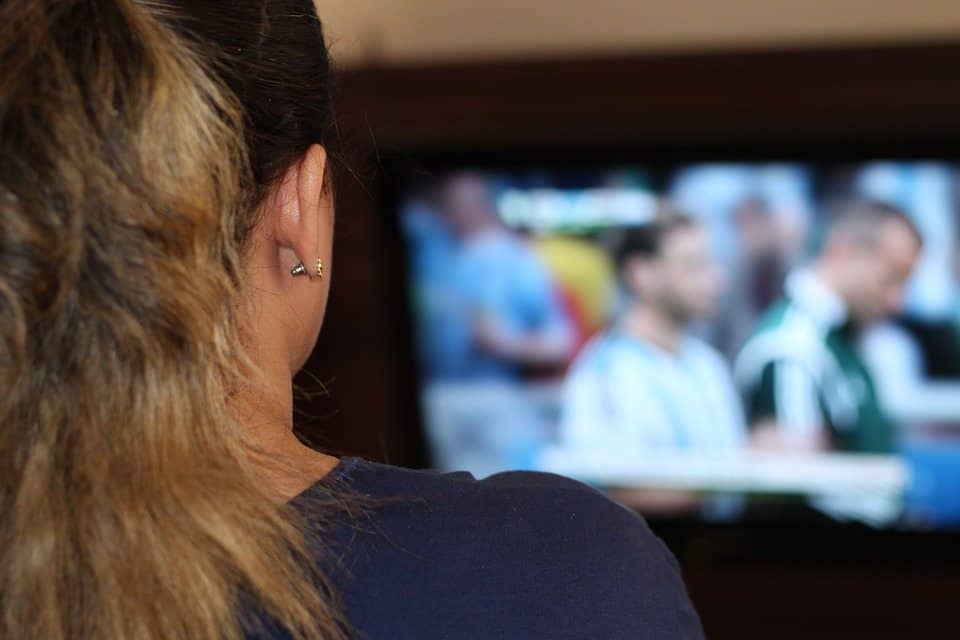Is Your Career On The Line Because Of Keratoconus?
Being diagnosed with Keratoconus can be difficult to manage, especially when it comes to your career. Although there are many stages of this degenerative eye disease, some more severe than others, the sooner the diagnosis the easier it will be to help preserve and improve your vision. If you are experiencing that Keratoconus is affecting your career, educate your employer on how they could help you. Explain to them that it is a degenerative eye disease that affects 1 in 500 people in which the cornea thins while bulging forward. Below are some tips that can make work a little more bearable.
Tips
• If you have a desk job, ask for a larger computer screen
• Flat computer screens reduce glare
• Use fonts like Arial in larger text size
• Install enlargement software, screen readers or speech software
• Spend minimal times looking at the screen for hours. Take breaks in between computer time
• Adjust all light levels to reduce eyestrain
• Avoid dusty environments, keep your area clean
• If your career involves driving at night plan to avoid later hours
Following a few of these tips can make a world of difference while you are trying to cope with the eye disease in the workplace. Just because you are diagnosed does not mean your career path is over. There are many alternatives that help restore your vision.
Treatments
Holcomb C3-R® Crosslinking System
Holcomb C3-R® is a non-invasive procedure that uses a Riboflavin solution activated by an ultraviolet light to strengthen the collagen fibers of the cornea. This helps to reduce glare and halos in the vision, while also stopping the progression.
The Holcomb C3-R® is a only a 30 minute treatment, however it continues to strengthen the cornea for up to 3-6 months after the treatment. Another great aspect is that it can also be performed in combination with other keratoconus treatments to improve your results even further.
INTACS®
INTACS® are tiny crescent shaped inserts that are placed within the cornea to help change the shape of the cornea. INTACS® can also be used in combination with the Holcomb C3-R® to reduce distortions and increase comfort of glasses and contacts.
Conductive Keratoplasty (CK)
CK is a vision correction treatment that uses heat to change the shape of the cornea and reduce astigmatism. When combined with the Holcomb C3-R® Crosslinking System, the CK treatment can effectively reduce astigmatism for a period of several years. Due to the nature of the cornea in Keratoconus patients the effect of CK can diminish with time. Patients may elect to have future CK to reduce astigmatism, if needed.

















